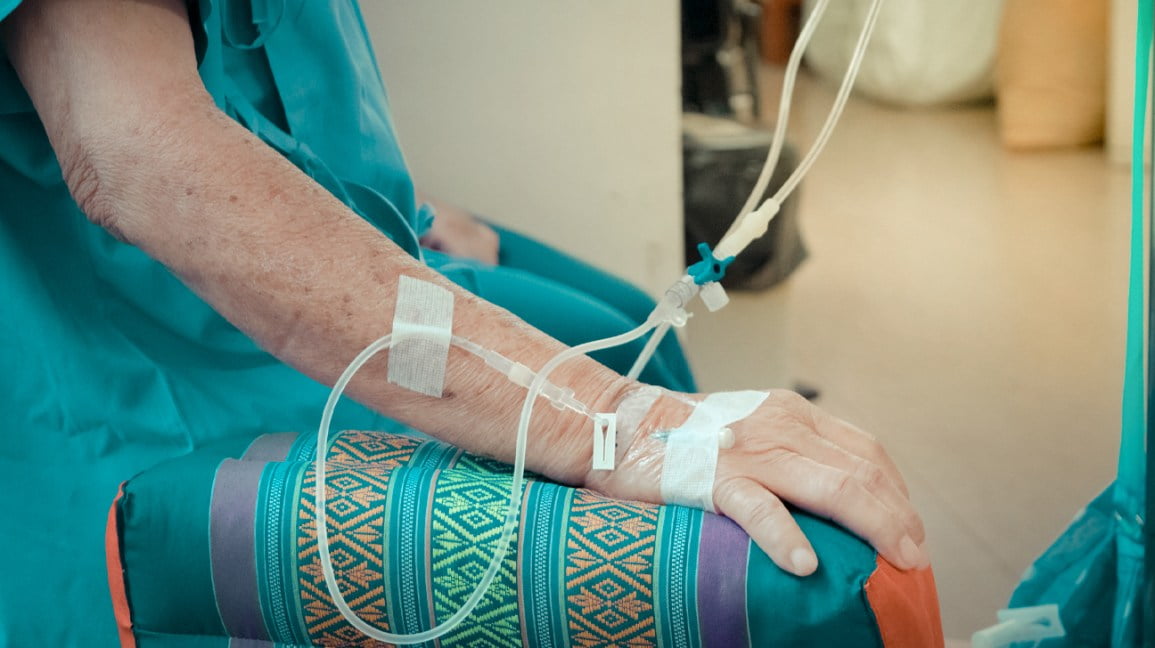In case when our loved one is diagnosed with any health condition, maybe they can be our family members and also, they can be our caregivers who have to become used to a new language. For the patients as well as the family members and the close loved ones suddenly, the medical terms become a very common place for all.
If we talk about IV Therapy Scottsdale AZ, then IV stands for “intravenous” or “inside the vein”. It means that through a tube which is known as cannula, a patient receives some substances directly to their veins. Either medication or nutrition anyone it could be.
What are the different types of IV Therapy?
The different types of IV Therapy are: –
- IV Therapy for fluids
- IV Therapy for blood transfusions
- IV Therapy for medications
- IV Therapy for nutrition
What are the reasons behind administering IV Therapy?
The reasons behind administering IV Therapy are a common practice for fluids to dehydrate the patients, their medications, their chemotherapy treatments, and the blood transfusions. What are the complications of IV Therapy?
Relatively the IV treatment is safe, but there can be some complications if they are not administered properly. The most common complications include:
- Phlebitis
The most common symptoms by which a patient can get to know about his/her disease include:
- Your body will get warm
- You will have excessive swelling
- Pain
- Redness around the veins can be found
- Extravasation
The most common symptoms by which a patient can get to know about his/her disease include:
- A sensation of burning
- Around the IV site excessive swelling
- Air Embolism
The most common symptoms by which a patient can get to know about his/her disease include:
- Some blue hue can be seen in the patient’s skin
- Face difficulty in breathing
- Your blood pressure will fall
- Hypervolemia
The most common signs by which a patient can get to know about his/her disease include:
- Tachycardia which increases heart rate
- Distended neck veins
- Infection
The most common symptoms by which a patient can get to know about his/her disease include:
- Pain
- Excessive Swelling
- And Fever
It is important to contact the doctor if you feel any of the symptoms or signs. It is required to have treatment unless it gets cured.








